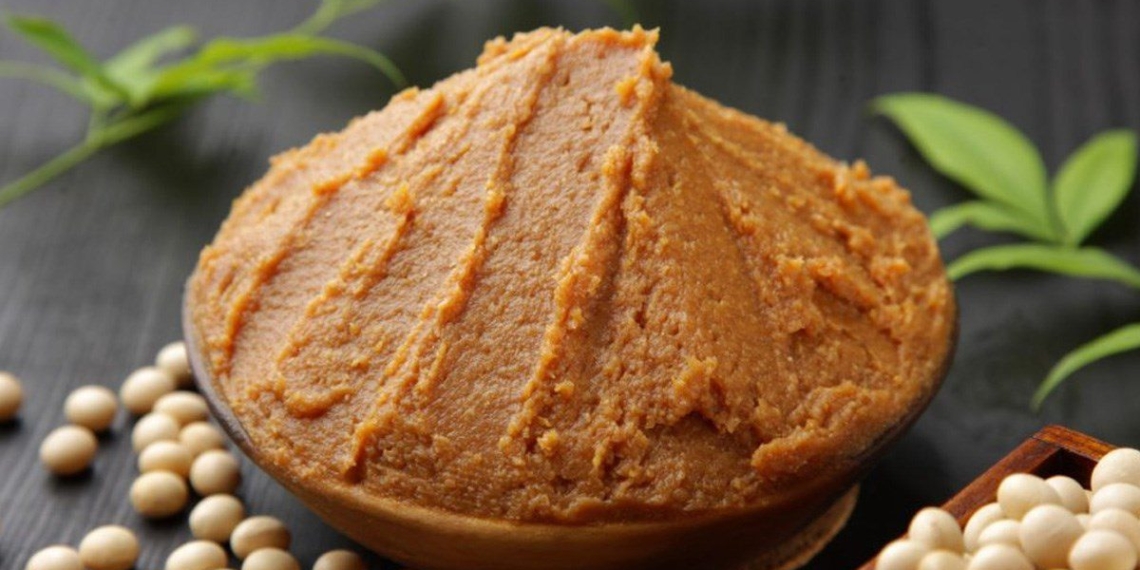-
Preparation
23 hours
-
Cooking
5 hours
-
Difficulty
Easy
If you love Japanese cuisine, want to buy and prepare ingredients but don’t know where to find them, then try making miso paste right at home with a simple and safe recipe. Let’s get into the kitchen to make miso paste to cook some delicious soups right away!
Ingredients for Miso Paste For 1 jar
Salt 300 gr Koji mold 400 gr Soybeans 500 gr
How to choose good soybean seeds
- Good soybean seeds have an off-white color, bright, even color, and shiny skin. The seeds are plump, round, of similar size, feel firm when squeezed, not crumbly, and not soft.
- The seed coats do not show cracks or have sprouted, or are infested with pests.
- The seeds have a light, fragrant aroma, with a rich scent.
- You should choose organic soybeans to obtain the best product.
Information about Koji mold
- Koji mold is a Japanese fermentation starter (Koji mold) that is an essential ingredient in every kitchen. Koji mold is used in the production of soy sauce, soybean paste, and sake, acting as a catalyst for the fermentation process of the ingredients. Japanese seasonings are also particularly enhanced thanks to Koji mold.
- You can find Koji mold for sale at supermarkets, large stores specializing in Japanese cooking ingredients, e-commerce sites, or cooking groups on social media.

Tools needed
How to make Miso paste
-
Wash and soak the beans
Put 500g of soybeans into a large basin of water, use your hands to rub the beans to clean them better, then rinse them 1-2 more times and place the beans in a clean basin with enough water to cover the beans and soak overnight.
Tip: Besides using raw beans, you can roast the beans until golden, remove the skin, and then ferment them for a more aromatic product.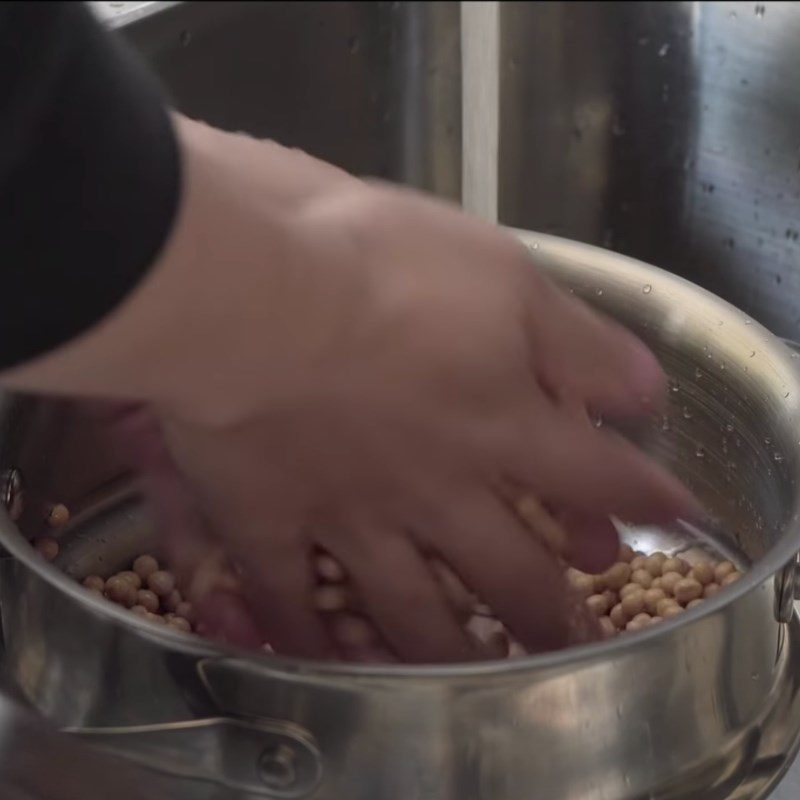
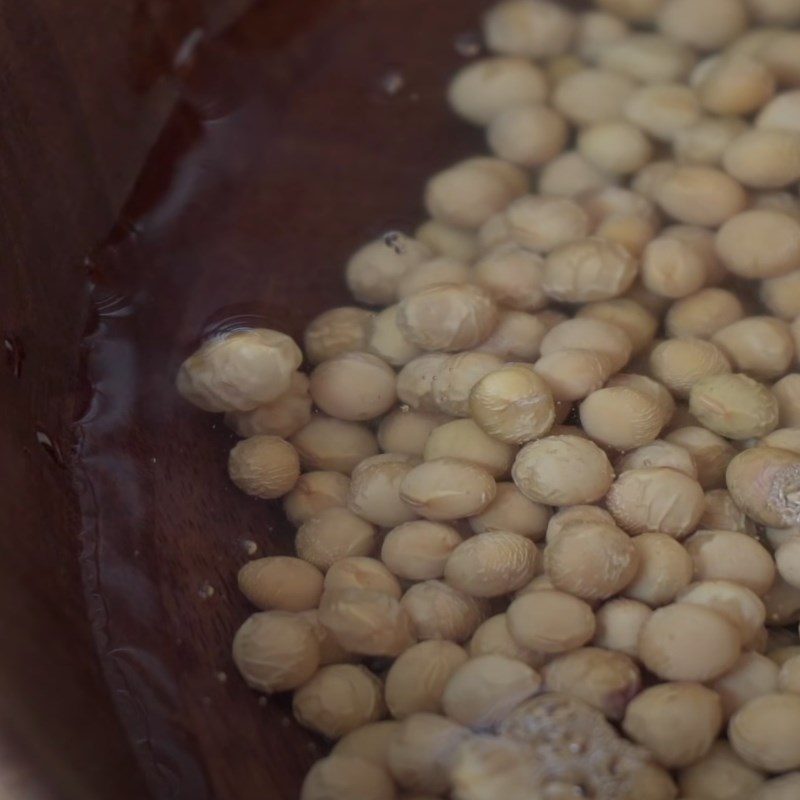
-
Cook the beans until soft
After soaking overnight, the beans have now doubled in size. Place the beans in a pot, add enough water to cover the surface of the beans, cover, and cook the beans for 3 – 5 hours until soft.
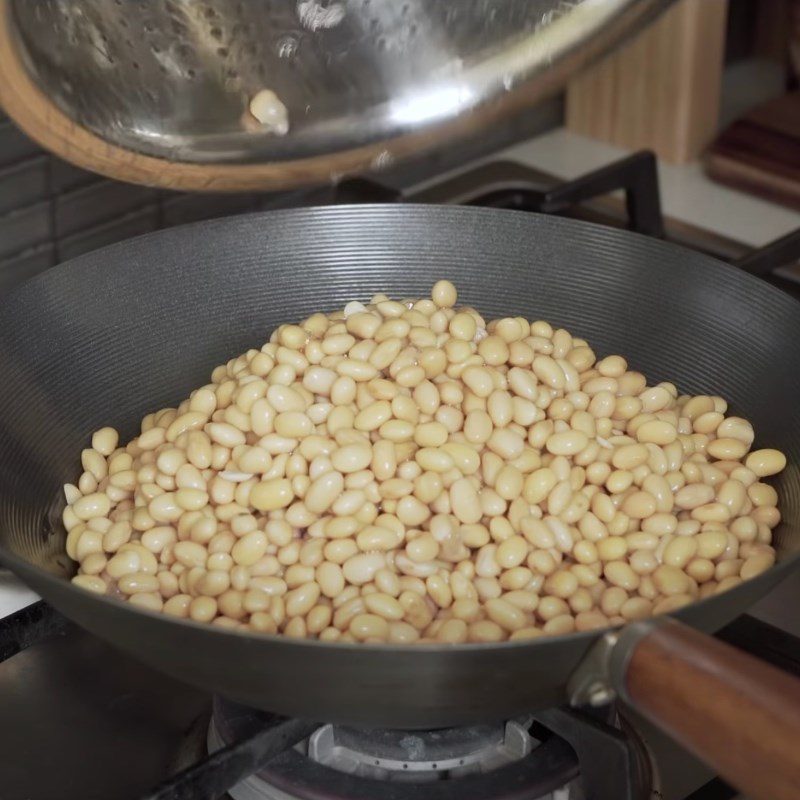
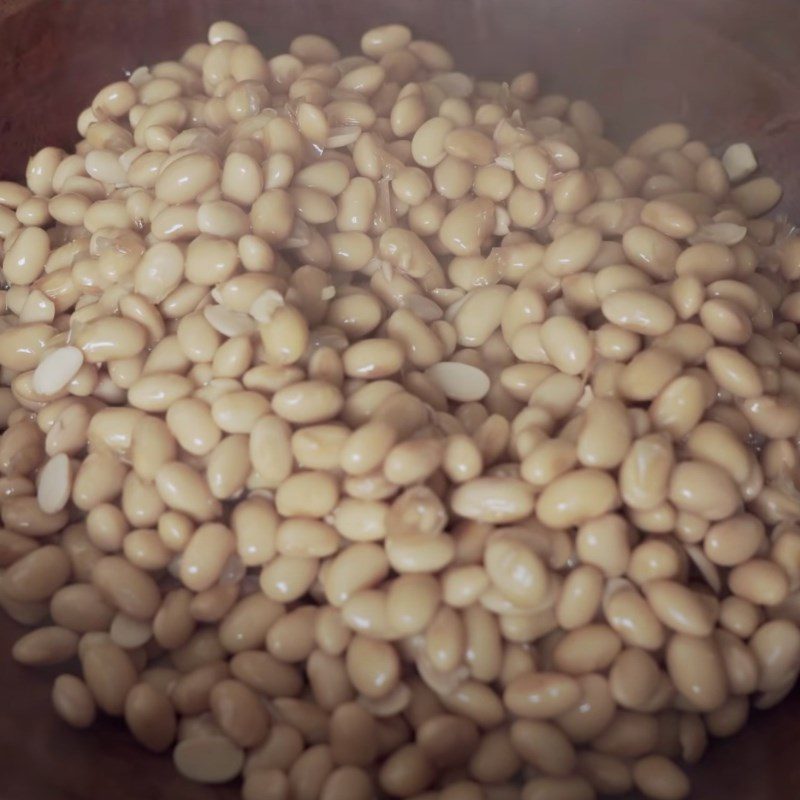
-
Blend the beans
Put the beans into a blender and start blending until smooth. During the blending process, to make it easier for the beans to blend, you can add 1/2 tablespoon of the bean cooking water and blend it together.
Once the beans are blended, transfer them to a large bowl, using a spoon or spatula to spread them out to help them cool faster.
Tip: You should only add 1/2 tablespoon or less of the bean cooking water for blending!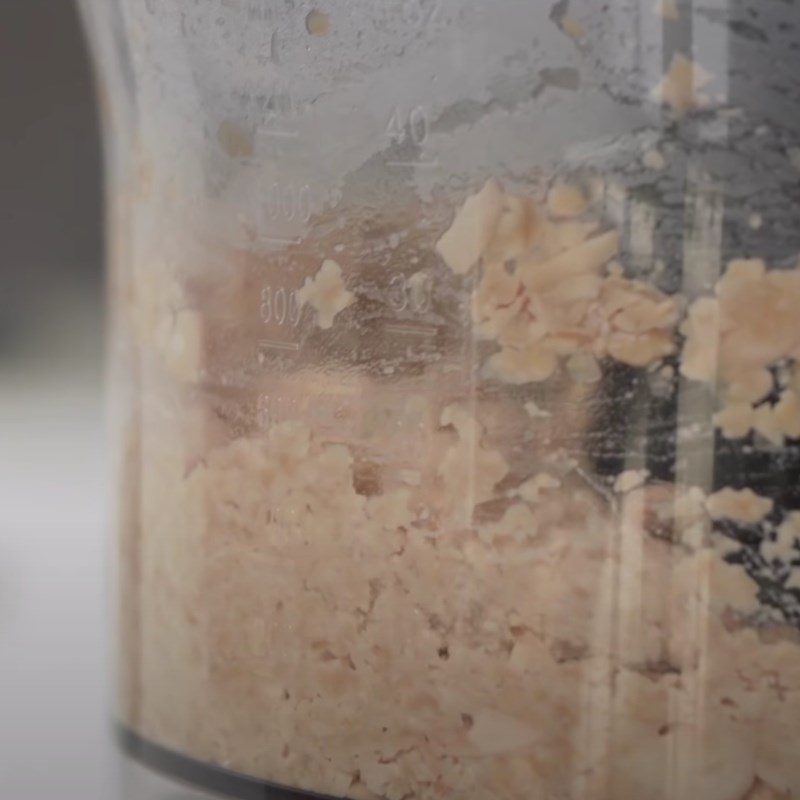
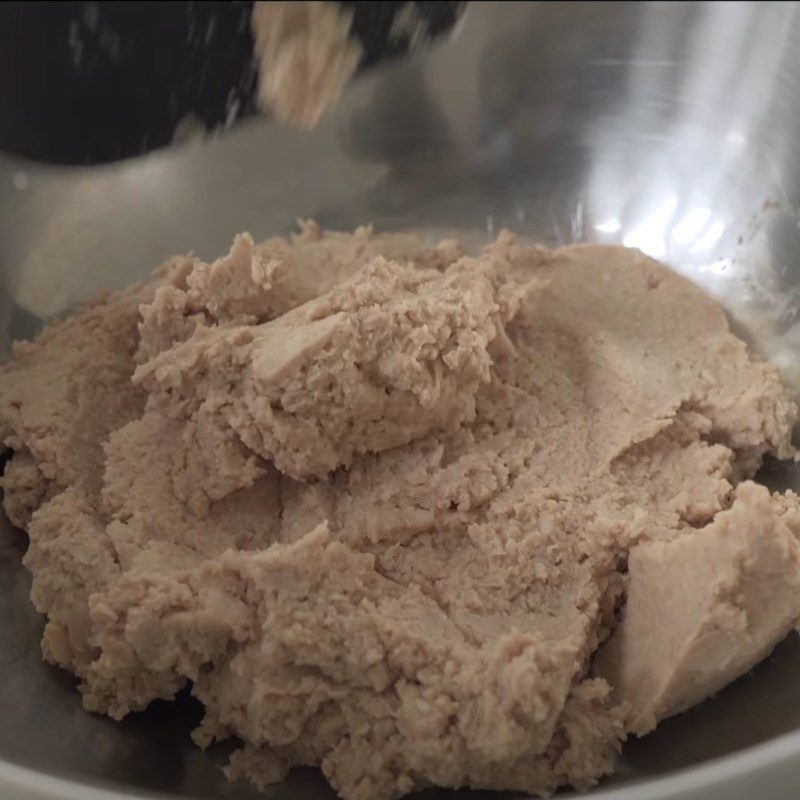
-
Prepare the koji
Add 400g of koji and 185g of salt into a large bowl and mix well. Once the mixture is uniform, add 100ml of water and continue mixing.
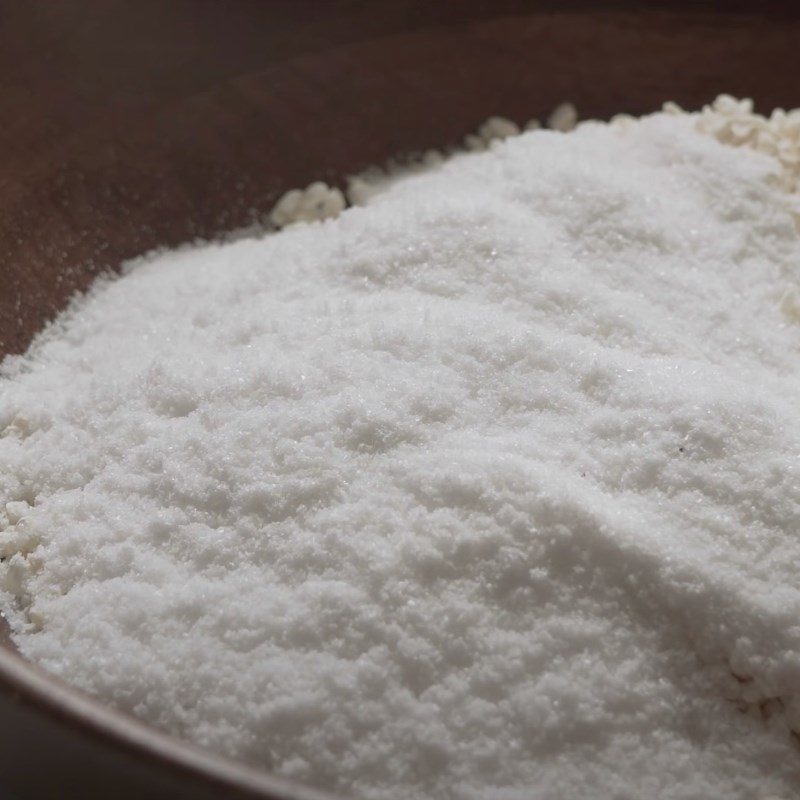
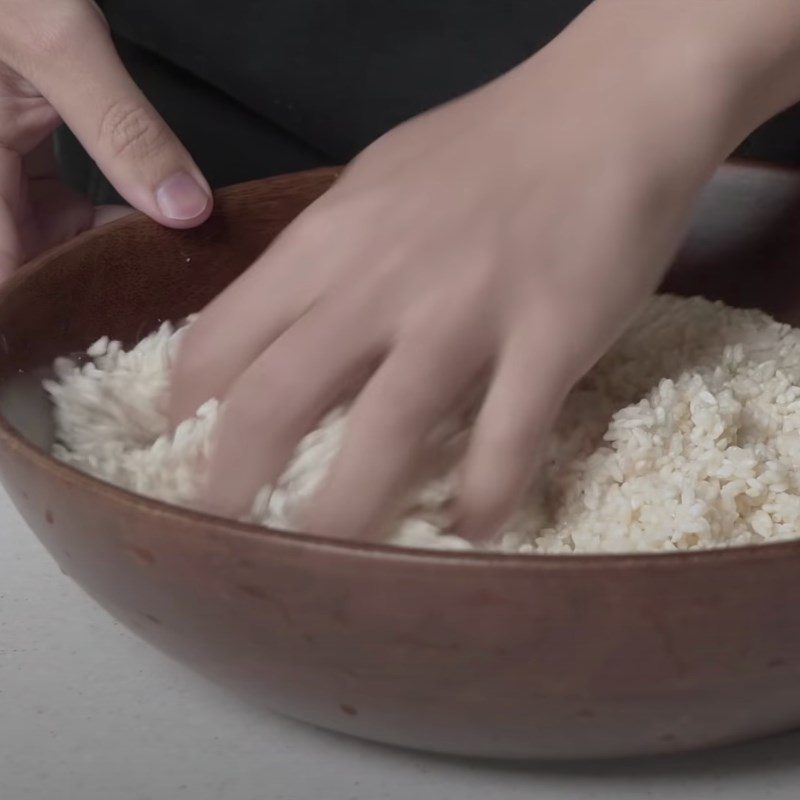
-
Mix the beans and shape
Gradually add the mixed koji to the ground beans and mix well so that the koji and beans blend together.
Next, divide the mixture into portions and roll them into small round balls.

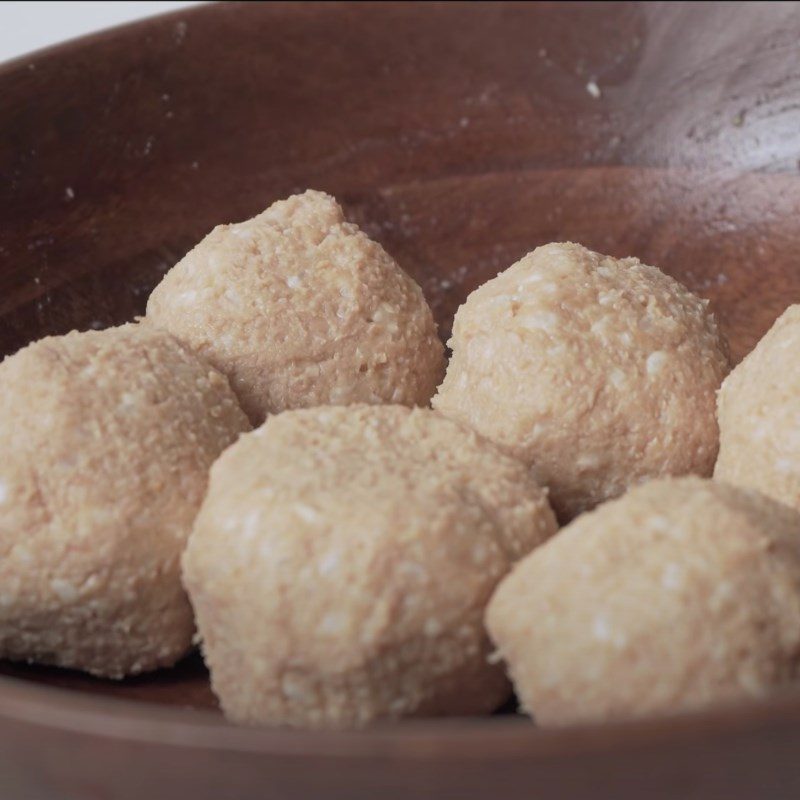
-
Ferment the miso
To expel all the air from the glass jar, gently throw each bean ball into the jar and press them down gently and evenly with your hand.
Continue this until all the beans are used, then sprinkle a thin layer of salt over the beans, cover with a round piece of parchment paper. Finally, place a bag of salt on top to compress everything down.
Once done, seal the lid tightly, wrap it in paper and tie it with string for extra security, then proceed to ferment the miso. During fermentation, regularly take the miso out to sunbathe in the morning to promote its fermentation.
Remember that the miso will taste better when fermented in the sun and can only be used after 6 months of fermentation!

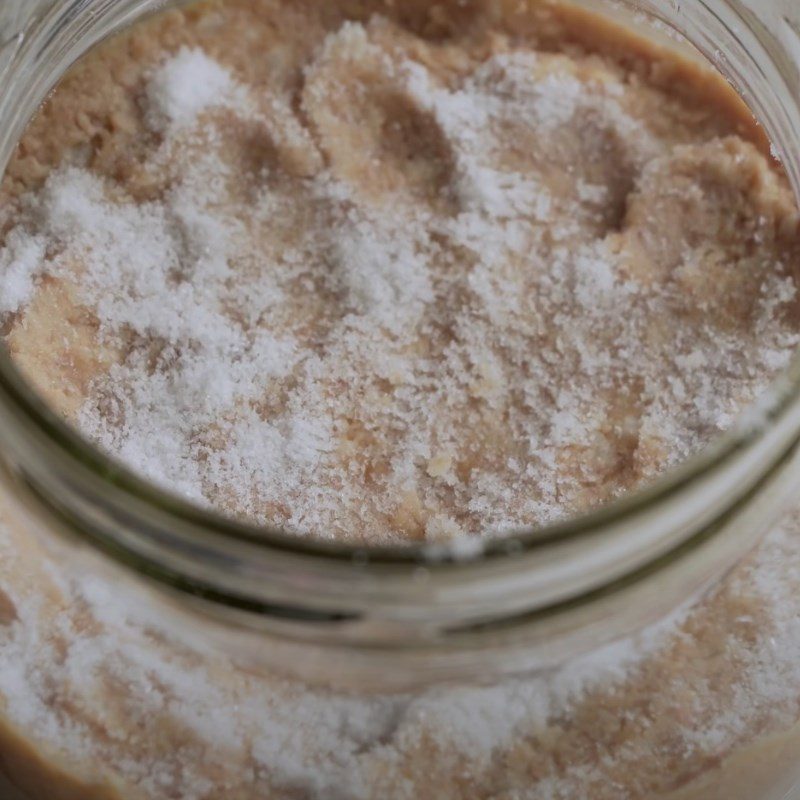
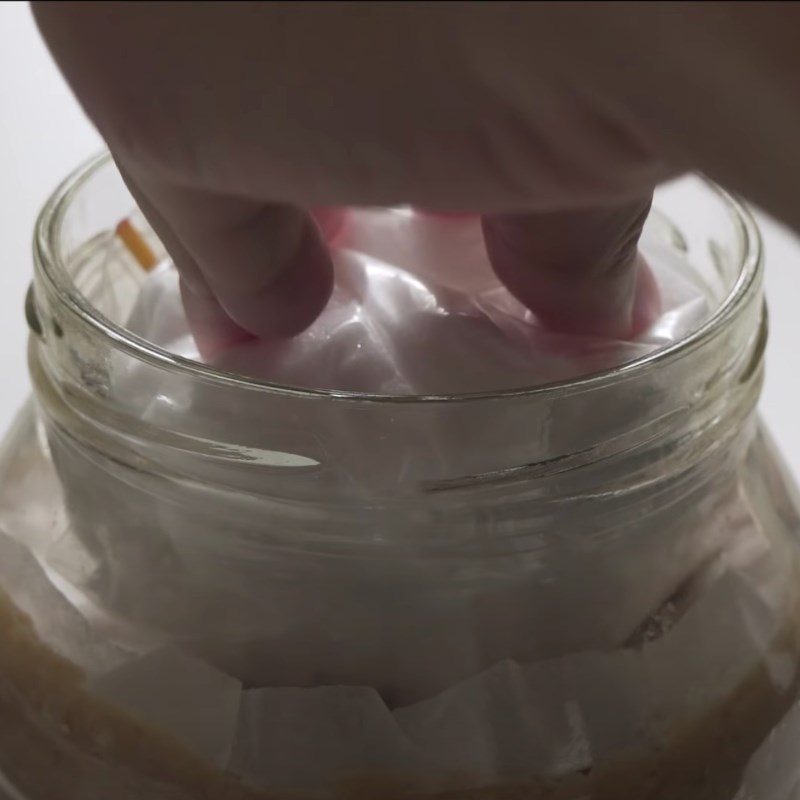
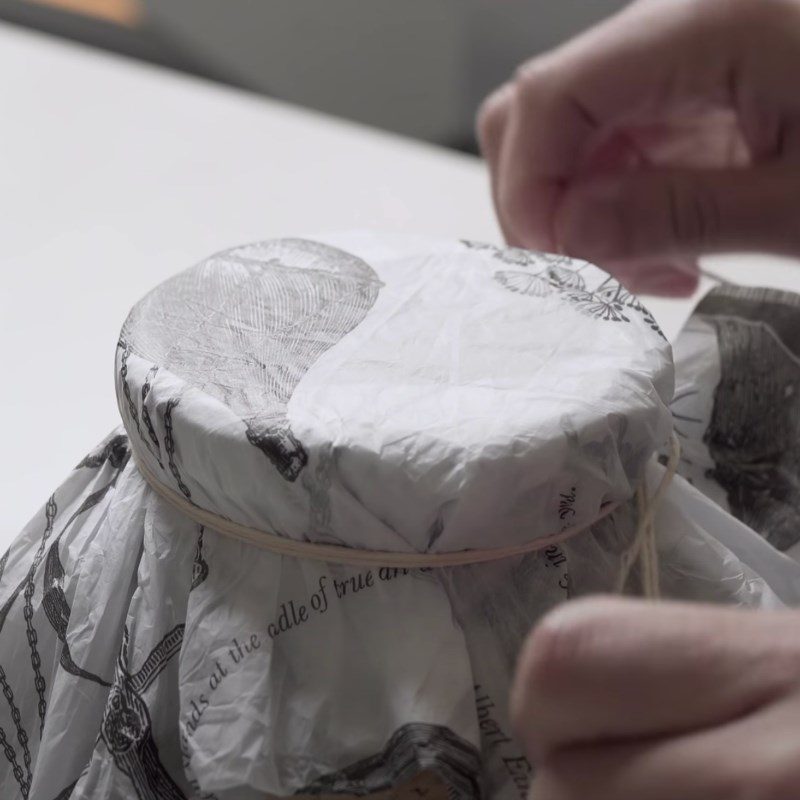
-
Final Product
Miso after being fermented for 6 months will have a dark color, strong flavor, quite a strong smell, and a texture that is not smooth but contains a lot of protein, which is good for health.
Miso paste can be made into many delicious dishes such as seaweed miso soup, miso clam soba noodles, miso grilled chicken,… and hundreds of other dishes. A hot bowl of miso soup with rice will make your home meal more delicious and nutritious!
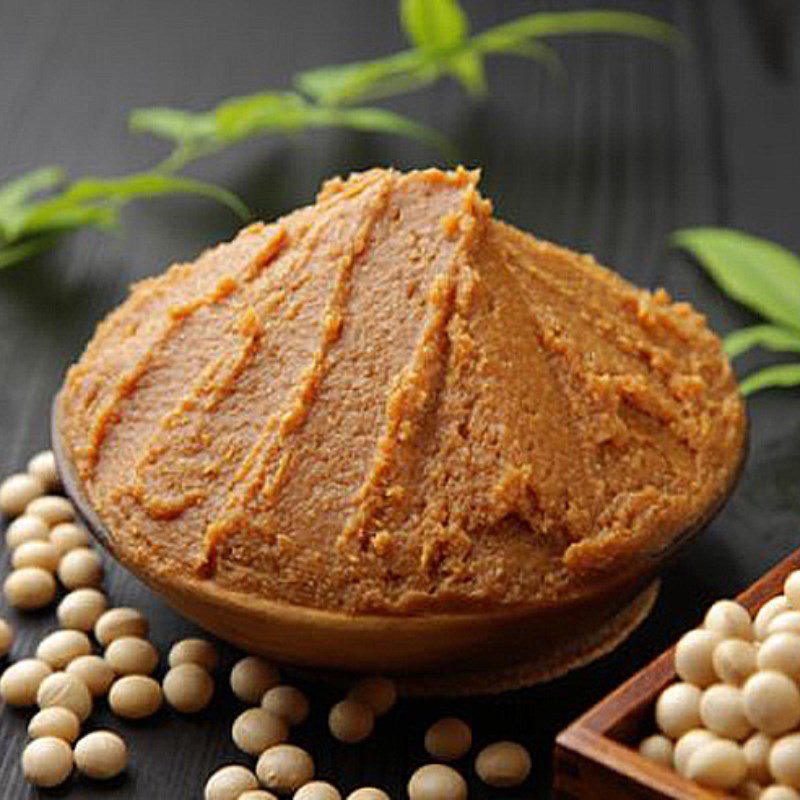

Successful Implementation Tips
- To achieve delicious miso flavor without mold on the surface.
- Stir the miso daily and expose it to sunlight, preferably during dry sunny weather; the miso will taste better when it is sun-dried more.
- Only use organic soybeans to make miso; do not use soybeans that have been sprayed with pesticides or are genetically modified.
- When using, you should divide the miso into small jars. To preserve the miso, you can pour a layer of sesame oil on top and seal it tightly.
- If making during sunny weather, you should add more saltwater, and later each time you open it, the water will gradually evaporate… balancing the salt ratio so the miso is delicious without being too salty. The longer it is stored, the more the miso will lose its salty flavor and instead develop a sweetness.
- After fermenting for a long time, the miso will float to the top; the liquid is tamari, which is also widely used in Japanese dishes and is a very nutritious food.
See more:
With this recipe, you have a jar of miso that is delicious and safe at home to use gradually and cook many delicious soup dishes for your family. Wish you success!
*Source of image and recipe reference from YouTube channel Culinary Frank.
